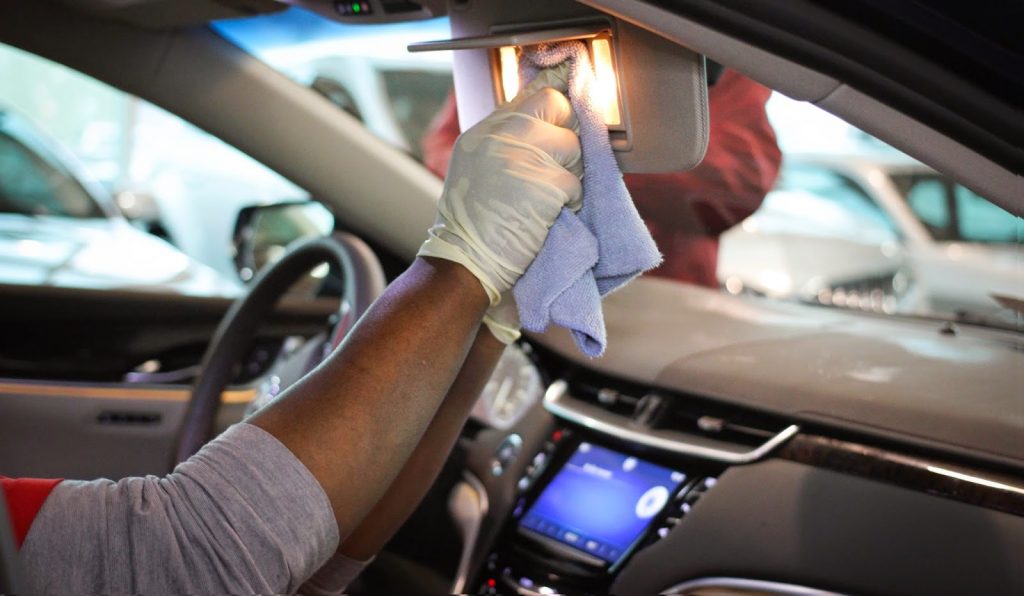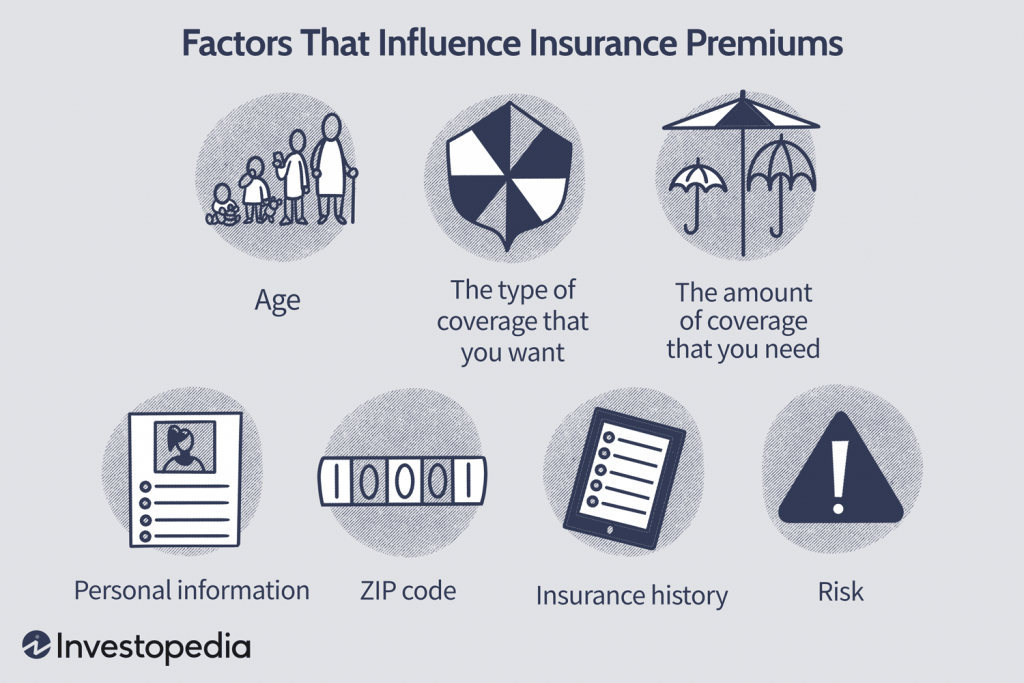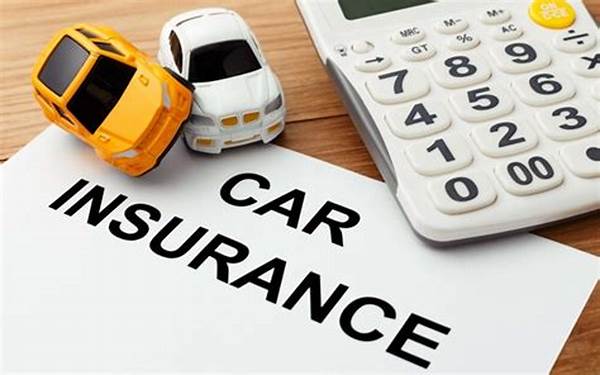Car insurance is a crucial expense for every vehicle owner, but there are ways to reduce your premiums without sacrificing coverage. One of the most effective ways to lower your car insurance costs is by maintaining a clean driving record. A history of safe driving can significantly impact your insurance rates, as insurers typically reward drivers with lower premiums for their good behavior on the road. In this article, we will explore practical strategies to help you leverage your clean driving record and reduce your car insurance premiums.
Why a Clean Driving Record Matters
Insurance providers assess risk when setting premiums. A clean driving record—free from accidents, traffic violations, or claims—signals to insurers that you’re a low-risk driver. Lower risk translates to fewer chances of filing an insurance claim, making you eligible for discounts or lower rates. In essence, a spotless driving history helps you build trust with insurers, potentially saving you money.
1. Maintain a Perfect Driving Record
The most straightforward way to benefit from lower insurance premiums is by ensuring that your driving record remains clean. Avoid traffic violations, speeding tickets, and accidents. If you do receive a ticket, try to attend traffic school to remove it from your record. Many states allow drivers to attend a defensive driving course to eliminate points from their driving record, which can positively influence your premium.

2. Opt for a Higher Deductible
Increasing your deductible is an effective strategy to lower your premiums. The deductible is the amount you must pay out of pocket before your insurance coverage kicks in after an incident. By opting for a higher deductible, you’re reducing the insurer’s potential payout. This, in turn, can lead to lower monthly premiums. However, it’s essential to ensure that you can comfortably afford the higher deductible in case of an accident.
3. Take Advantage of Safe Driver Discounts
Many insurance companies offer discounts for drivers with clean driving records. These discounts, often referred to as “safe driver” discounts, reward individuals who have maintained a history of safe driving. If you’ve been accident-free for several years, inquire about such discounts when shopping for car insurance. Insurance providers may offer substantial reductions in your premiums, sometimes up to 25% or more, depending on how long you’ve been incident-free.
4. Bundle Your Insurance Policies
Another way to lower your car insurance premiums is by bundling your policies. If you have multiple insurance needs, such as home, renters, or life insurance, consider purchasing them from the same provider. Many insurers offer discounts when you combine multiple policies, allowing you to save on both car insurance and other types of coverage. Additionally, bundling can create a more comprehensive insurance portfolio, which can often lead to better rates overall.
5. Maintain Your Vehicle in Good Condition
Keeping your car in excellent working condition can also help reduce insurance premiums. Insurers may offer discounts for vehicles with advanced safety features such as anti-lock brakes, airbags, and anti-theft devices. Regular maintenance, including keeping up with oil changes, tire rotations, and brake inspections, ensures that your car is safe to drive, lowering the risk of accidents and improving your overall safety profile in the eyes of your insurer.
6. Shop Around for Better Rates
Don’t settle for the first insurance quote you receive. Shopping around and comparing rates from different insurance providers is a vital step in securing the best deal. Prices can vary significantly between companies, so it’s worth taking the time to research and compare. Make sure to get quotes from multiple insurers and ask about any available discounts for drivers with clean records. With a little effort, you can often find better deals that provide the same coverage at a more affordable price.
7. Consider Pay-Per-Mile Insurance
If you don’t drive frequently, consider opting for pay-per-mile insurance, which is gaining popularity among low-mileage drivers. With pay-per-mile insurance, your premiums are based on how much you drive, rather than a flat rate. This type of coverage can be ideal for those who only use their cars for short trips or commutes. If you maintain a clean driving record and drive less frequently, this option may offer significant savings on your insurance premiums.
8. Install Safety Features in Your Car
Adding modern safety features to your vehicle, such as a rearview camera, lane departure warning systems, and adaptive cruise control, can help lower your insurance premiums. Insurance companies often offer discounts to policyholders who drive cars equipped with advanced safety features because these features reduce the likelihood of accidents and minimize injury severity in case of a crash. Check with your insurer to see if they offer discounts for such upgrades.
9. Take Advantage of Defensive Driving Courses
Some insurance companies offer discounts for drivers who take defensive driving courses. These courses teach advanced driving techniques that help drivers avoid accidents and improve their overall driving habits. By completing a defensive driving course, you not only become a safer driver but also earn a discount on your premiums. This is especially beneficial for older drivers or those who haven’t taken a driving course in several years.
10. Maintain a Good Credit Score
In many states, your credit score can affect your car insurance premiums. Insurers often view individuals with higher credit scores as lower-risk drivers, as they are less likely to file insurance claims. If you have a poor credit score, work on improving it by paying down debt, paying bills on time, and keeping credit card balances low. A better credit score could result in lower car insurance premiums and other financial benefits.
11. Avoid Adding Teen Drivers to Your Policy Too Early
If you’re a parent, adding a teenage driver to your policy can significantly raise your premiums. However, if your teen has a clean driving record or if they take a safe driving course, you may be able to mitigate the rate increase. It’s a good idea to wait until your teen has more experience behind the wheel before adding them to your policy. Additionally, many insurance providers offer discounts for young drivers who complete driving safety programs.

12. Monitor Your Annual Mileage
Insurance companies may take your annual mileage into account when setting your premium rates. The more you drive, the higher your premium is likely to be. If you’re not driving as much, consider reducing your mileage and updating your insurer. Some providers may offer lower rates for drivers with limited mileage. Keep track of your miles and inform your insurance company if your driving habits change.
13. Ask About Loyalty Discounts
If you’ve been with the same insurance provider for several years, you may be eligible for a loyalty discount. Many companies reward long-term customers with reduced rates or additional perks. If you have a clean driving record, you may qualify for these discounts, which can lead to significant savings over time.
Conclusion
Lowering your car insurance premiums with a clean driving record is entirely achievable. By maintaining a perfect driving record, utilizing available discounts, and shopping around for the best rates, you can secure affordable coverage without compromising on quality. Additionally, taking proactive steps like installing safety features, improving your credit score, and opting for higher deductibles can further reduce your premiums. Ultimately, your driving habits, vehicle maintenance, and insurer’s offerings will play a role in determining how much you pay for insurance. By staying informed and exploring all your options, you can maximize savings and enjoy the peace of mind that comes with comprehensive coverage at a reasonable price.

Leave a Reply